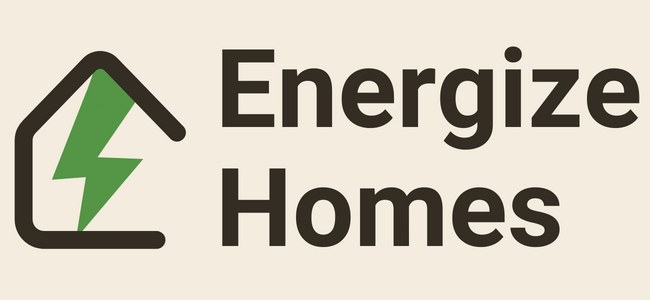How Solar Panels Affect Heat Pump Performance
Understanding the intricate relationship between solar panels and heat pumps requires a deep dive into the underlying technicalities. While both are highly efficient systems on their own, the real magic happens when they’re coupled together. So, how does a solar panel technically affect the performance of a heat pump? Let’s dissect this connection step-by-step.
Technically speaking, the synergy between solar panels and heat pumps primarily revolves around electrical load matching, the efficiency of electrical conversion, and advanced features like VFDs. When these elements are optimized, they contribute to a significantly improved COP for the heat pump and a more energy-efficient home.
Electrical Load & Power Generation
Heat Pump’s Electrical Consumption
Heat pumps are typically rated based on their energy consumption in kilowatts (kW). They also have varying load demands, depending on factors like ambient temperature and the size of the space being conditioned.
Solar Panel’s Power Output
Solar panels generate direct current (DC) electrical power, also measured in kW. This power output fluctuates based on factors such as solar insolation, angle of incidence, and panel efficiency.
Inverter & Electrical Conversion
Solar panels generate DC electricity, which has to be converted to alternating current (AC) for household use and to power the heat pump. An inverter performs this conversion. The efficiency of this inverter, often around 95%, is a key factor in the performance of the whole system.
Real-Time Power Matching
The “smart” pairing of a solar panel with a heat pump involves real-time power matching. In essence, the electrical power generated by the solar panel at any given moment should ideally meet or exceed the current load demand of the heat pump.
| Scenario | Solar Output (kW) | Heat Pump Load (kW) | Net Grid Consumption (kW) | Effective COP |
|---|---|---|---|---|
| Excess Solar Production | 5 | 3 | 0 | Infinite |
| Perfect Load Matching | 3 | 3 | 0 | Infinite |
| Partial Load Matching | 2 | 3 | 1 | Enhanced |
| No Solar Production | 0 | 3 | 3 | Standard COP |
Excess Solar Production
When the solar panels produce more electricity than the heat pump consumes, the excess can be stored in a battery or sent back to the grid. In this scenario, the effective Coefficient of Performance (COP) of the heat pump could be considered infinite, as it’s running purely on renewable energy.
Perfect Load Matching
When solar output perfectly matches the heat pump’s electrical load, the heat pump operates at an effective COP that is much higher than when powered by grid electricity alone, approaching an infinite COP in ideal scenarios.
Partial Load Matching
In cases where solar output partially meets the heat pump’s demand, the effective COP of the heat pump is still enhanced. That’s because less energy is being drawn from the grid.
Variable Frequency Drives (VFD)
Modern heat pumps often come with Variable Frequency Drives (VFDs) that allow them to modulate their electrical consumption based on real-time load requirements. When coupled with a solar PV system, VFDs enable more precise load matching, further improving the system’s overall efficiency.
Net Energy Metering & Time-of-Use Tariffs
In some jurisdictions, net energy metering and time-of-use tariffs can also affect the economics of the combined system. By generating excess electricity during peak solar hours and consuming it during off-peak hours, homeowners can maximize savings and potentially earn credits.
